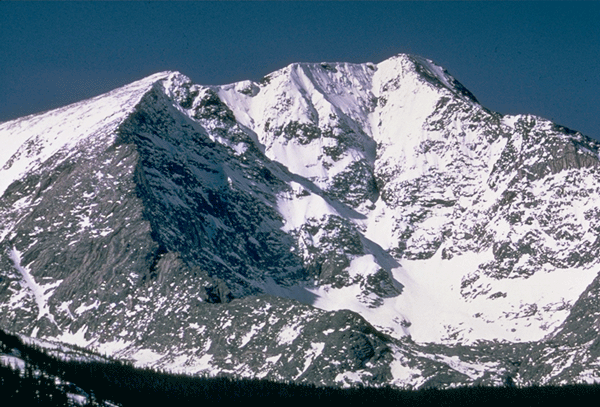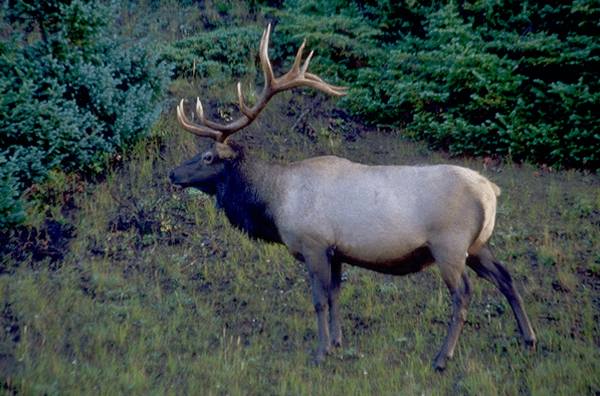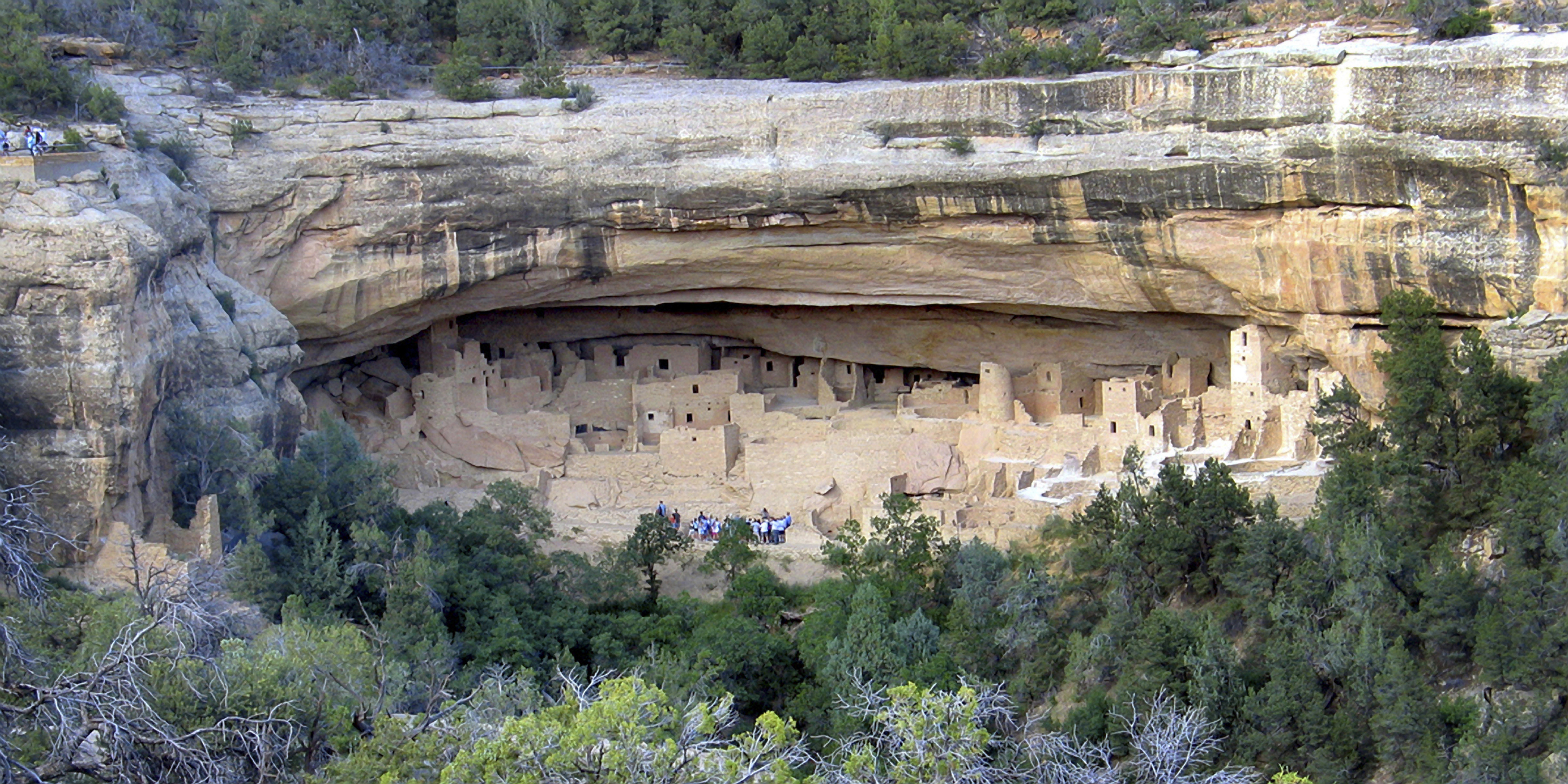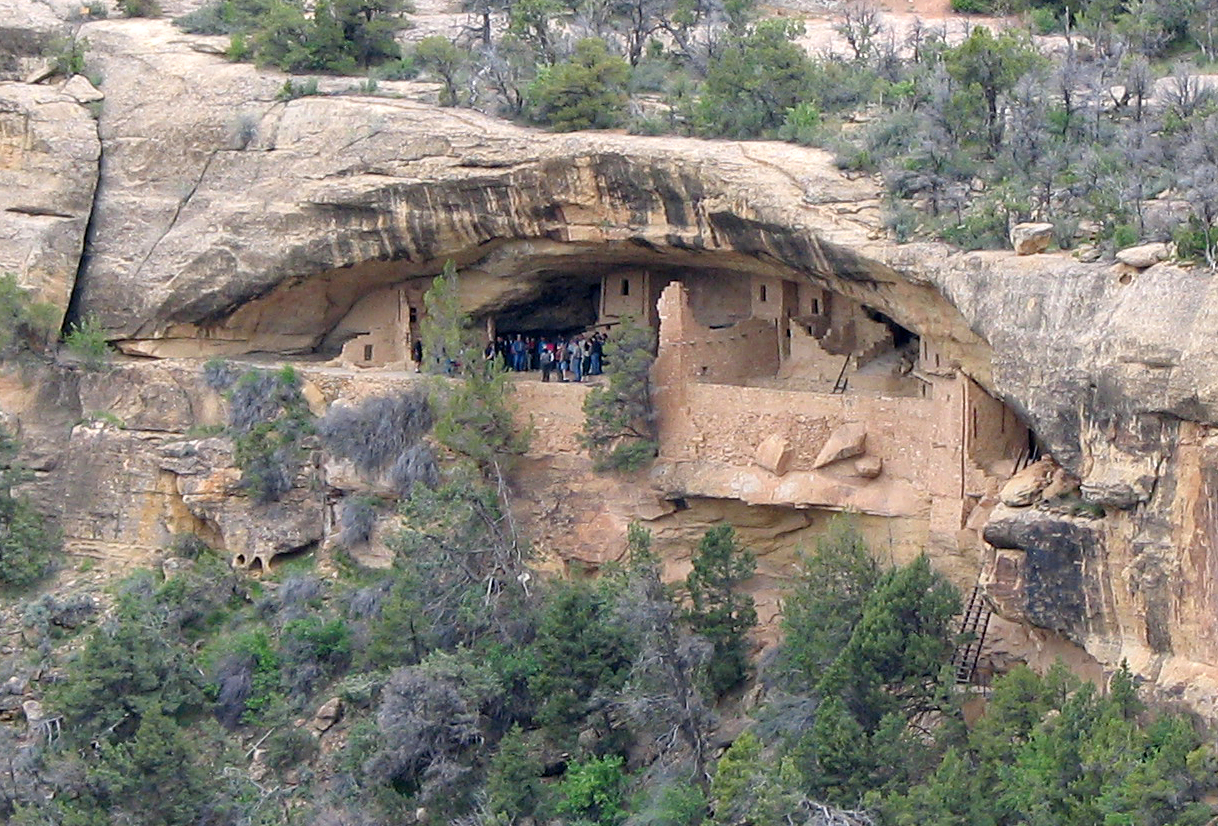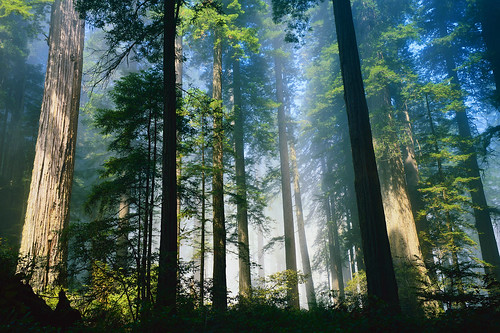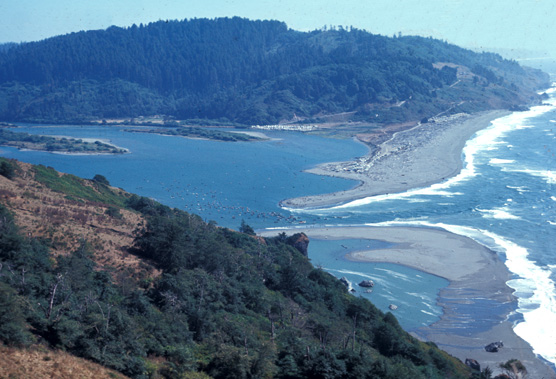I have been lucky enough to travel to almost every corner of the United States on family vacations. Some of these trips stopped in cities (NYC, Washington, D.C., LA, etc.) but most of time was focused on the outdoors.
Whether it was hiking, rafting, sea kayaking or whatever, it was always an adventure. And what's a good adventure without a little danger? Today I'm going to share some of my "close encounters" that I've had over the years.
Let me clarify something, first. I'm no daredevil, and my chance of actually dying doing any of these things has been ridiculously low. I had a way better chance of getting in a car accident on the way to the airport at the start of the trip. But when you're out there, in the moment, it feels real, and that is one of my favorite things about nature.
This past summer my family went out west to Montana, circled back north through western Canada, and then re-entered the country in Washington state. While on this trip, my brother (Sam, a freshman at IU Bloomington) had some of the closest encounters we have ever had with megafauna (the largest animals in an ecosystem).
The first was while hiking in Glacier National Park, in northern Montana. We had just completed the 13-mile Highline Trail the day before and were looking for another challenge. We settled on the 12-mile Iceberg Lake Trail, branching off to the Ptarmigan Tunnel. The beginning of the trail meanders through spruce forest and open alpine meadow; perfect habitat for the apex predator of Glacier, the Grizzly Bear.
Bears are commonly seen on this section of the trail, and hikers are encouraged to make lots of noise, and to carry bear spray (which is essentially 10x strength pepper spray). The reason for the noise making is that most bear attacks happen when the bear is startled. If they hear you coming they will either move away or simply ignore you if they perceive that you are not a threat.
We were following all of these procedures, I had our bear spray on the hipbelt of my pack and we talking and occaisonally shouting out, "Heyyyy bear!" or ,"Comin' through!"
The trail was winding with many blind corners, again, spots where you need to make a lot of noise. As we rounded yet another turn, we ran into a pair of hikers stopped on the trail, looking uphill into the brush.
"What is it?" I started to ask when I saw it.
20 feet away, eating his breakfast of huckleberries, completely ingnoring us, was a male grizzly.
I was so amazed by the magnificent animal that I forgot to be scared. We watched it for a little while, then regained our senses (the park reccommends keeping a minimum distance of 200 yards from grizzlies) and moved on down the trail.
That experience made the hike for me. While the views from Ptarmigan Tunnel were pretty spectacular, they weren't quite as good as the Highline Trail the day before. To be that close to an animal that could have easily took a couple of strides and attacked us was an incredible experience.
Little did I know that we would again encounter an apex predator in the wild on this trip. Not as close as the grizzly, but much bigger.
About a week and a half later we were in the San Juan Islands, just off the coast of northwest Washington. Sea kayaking is one of my favorite activites, and my brother and I had signed up for the 5-hour trip.
We got lucky as it turned out to be just us in a double, and the guide, a local guy only a couple of years older than me.
We paddled west from the island into the Haro Strait, with San Juan Island on our left (east) and Victoria, British Columbia to the west. We were about 300 yards out from shore when our guide (the son of a whale-watching boat captain) noticed all of the local sightseeing boats gathered together about 2 miles south of us.
This meant that they must have found what they were looking for; the San Juan's signature marine animal, the orca, or killer whale.
Our guide remarked that the whales appeared to be moving north (towards us) and that if they got within a certain distance we would have to "raft up" which meant bringing our kayaks together to form one solid object.
Maritime laws also say that no one may approach the whales, put themselves in their path, and that all watercraft must do their best to give the orcas a wide berth.
We were paddling south, enjoying the scenery, when all of a sudden we heard the distinctive
poooshhhhh of a marine mammal exhaling through its blowhole at the surface. As we turned to our right we saw the large black dorsal fin of the orca slip below the waves, a mere 35 yards away.
"Raft up!" our guide said and we immediately pulled into position alongside him. As we sat there floating, the orca was joined by others from his pod surfacing all around us (usually between 50-75 yards away), there glistening dorsal fins slicing the water as they submerged.
The highlight was when one of the whales "spy-hopped" to get a better look at us. Spy hopping is when the whales raise themselves vertically out of the water to get a better look at what is going on above the surface.
The whales soon left, continuing their search for salmon as we paddled back to the harbor.
The first two pictures were taken by my mom who, along with my dad, was on one of the whaleboats. The first shows me and my brother as we were paddling out of the harbor. The second is one of the orcas we saw.
The last picture was taken by my brother at the top of the Ptarmigan Tunnel Trail. Unfortunately, we were unable to get a picture of the bear as my camera was in my pack and we were too busy watching the bear.


